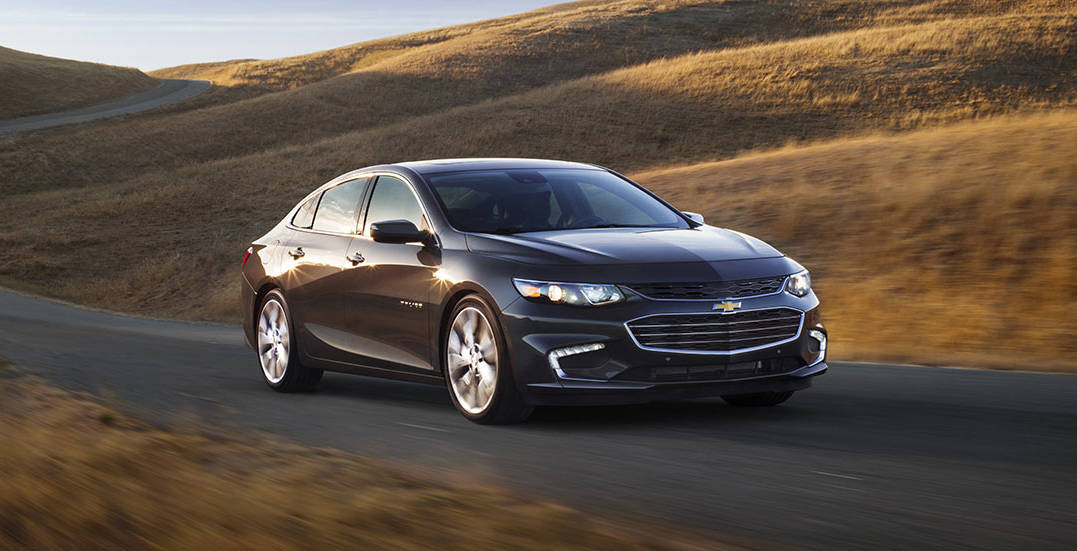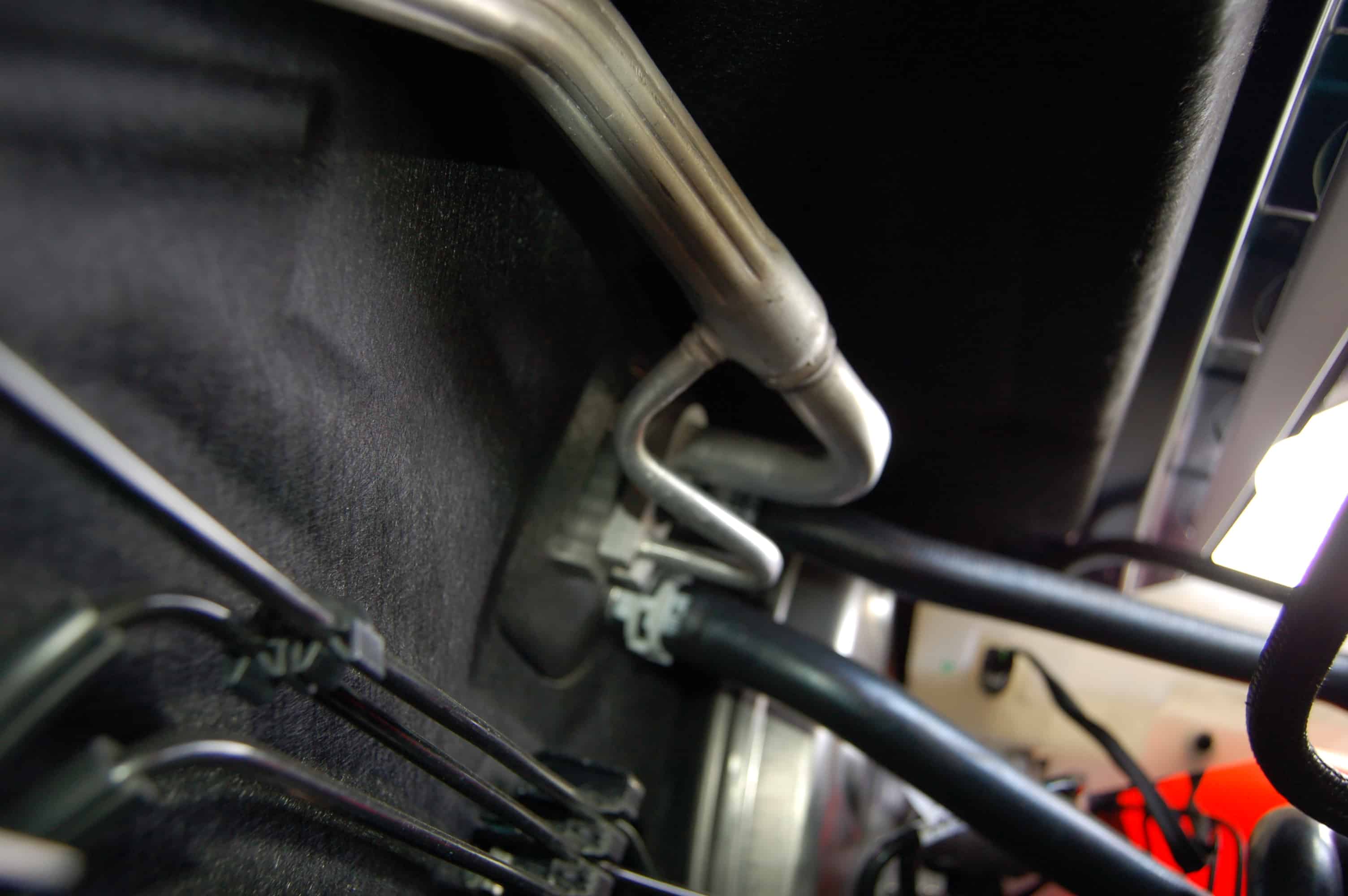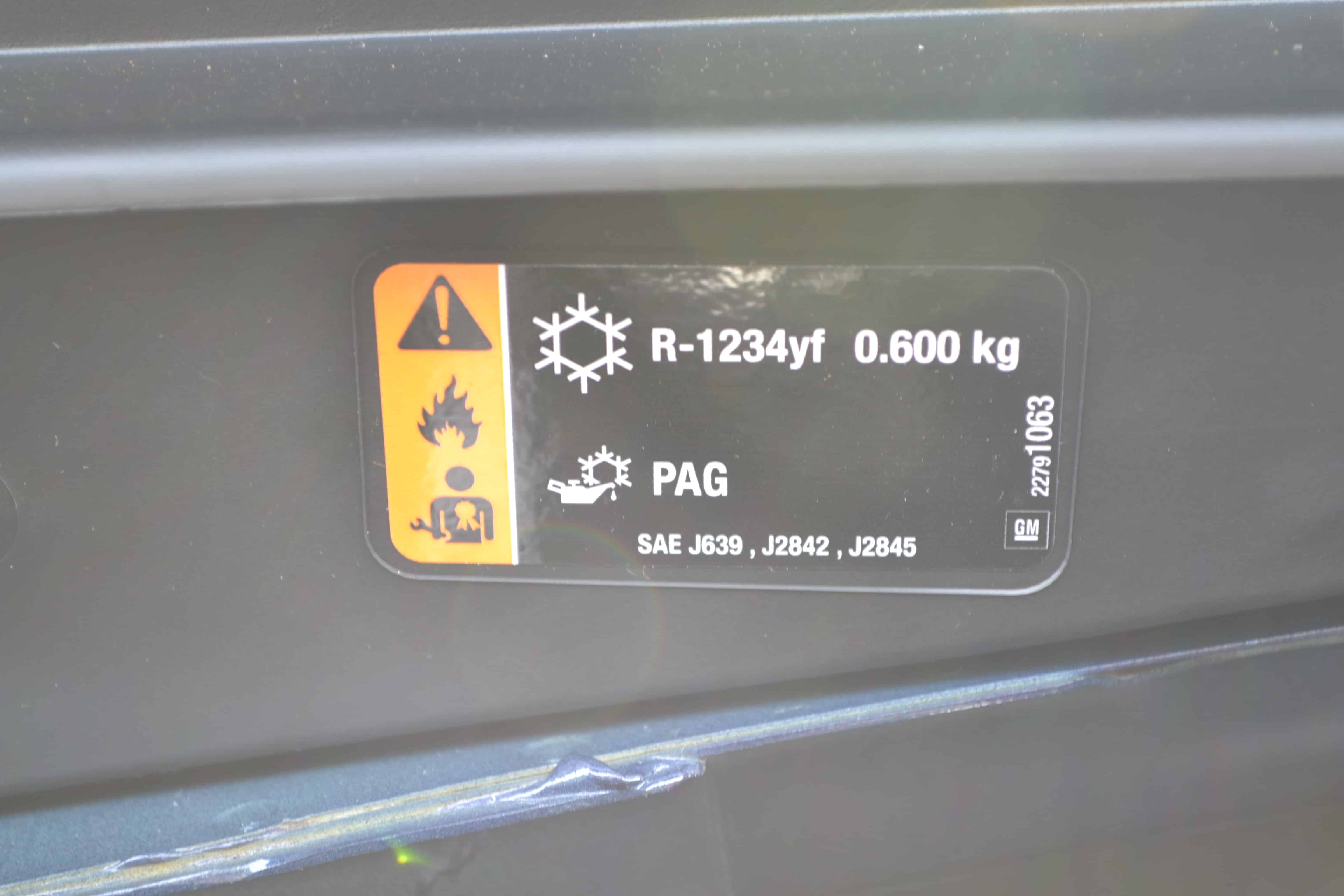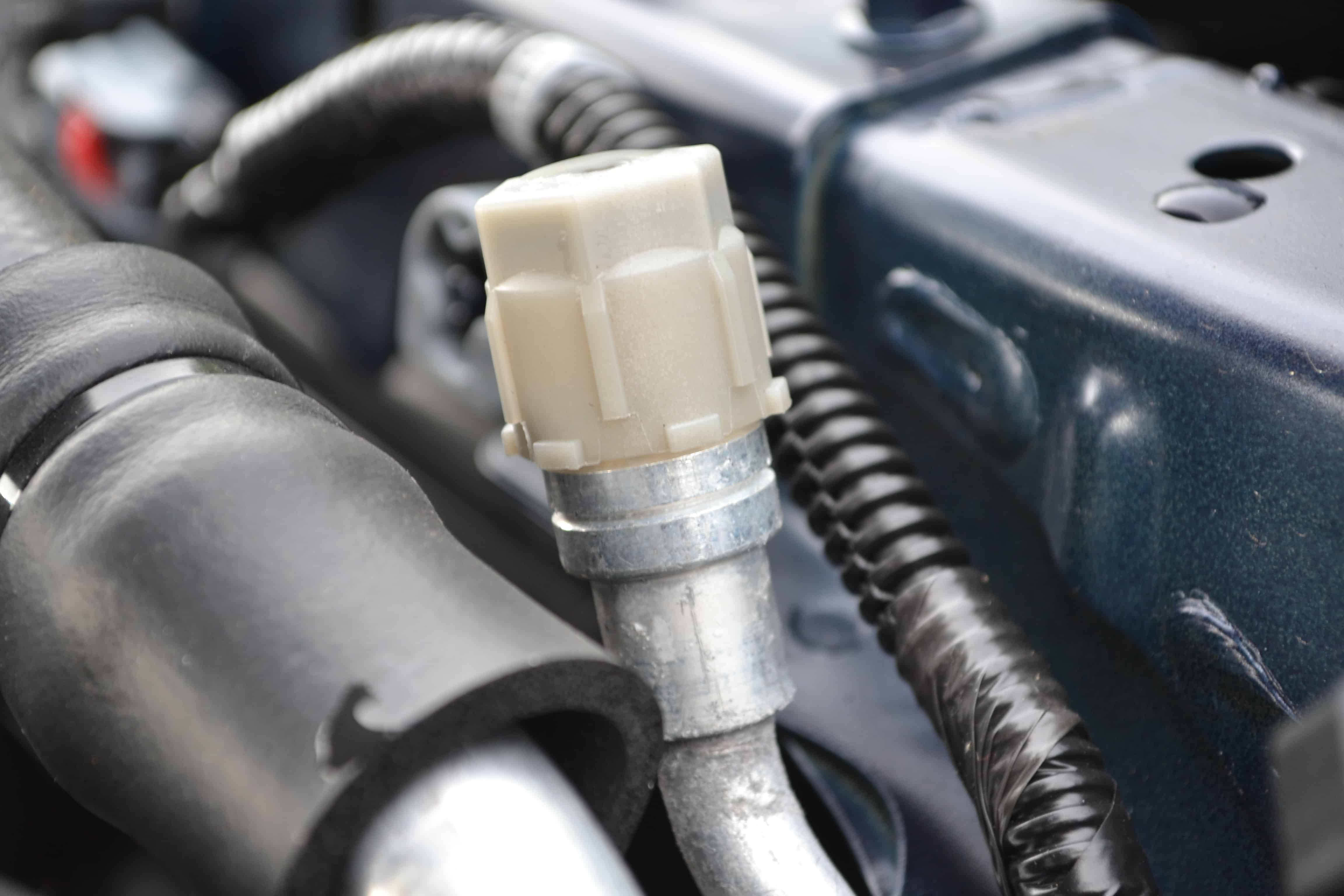Chevrolet Malibu keeps you cool with R-1234yf
By Steve Schaeber, MACS Technical Editor
GM was the first manufacturer to sell a vehicle in the United States that uses the new R-1234yf refrigerant when they came out with the Cadillac XTS in 2012 as a 2013 model. Since then we haven’t seen a whole lot of cars being filled with the gas, except for certain FCA (Chrysler) products over the past few years. Things are starting to change this year however, as 2016 is proving to be the start of an industry-wide change over to the more environmentally friendly fluid with more brands using it in more vehicles than ever before.

The new 2017 Chevrolet Malibu is being filled with refrigerant 1234yf, which has a GWP (global warming potential) of just 4, as compared with the previous refrigerant 134a, which carries a GWP of 1,430. What does this all mean? For comparison, CO2 is used as the baseline and carries a GWP of 1, so in basic terms, R-134a is 1,430 times more of a global warming gas than is CO2.
We’ve been anticipating this change too, as industry insiders have said that since EPA passed Rule # 20 last summer, which outlaws the use of R-134a in new vehicles beginning with the 2021 model year, that car makers would begin to change over their fleet to the new gas when they introduce new vehicle platforms. That’s exactly what happened with the MY2017 Chevrolet Malibu, the 9th generation of one of GM’s most popular cars.

A quick glance under the hood, and you don’t see anything that stands out making the 2017 Malibu A/C system any different than previous models; that is, until you take a closer look.
MACS first saw the new E2XX platform Malibu at its unveiling in New York’s Jacob K. Javits Convention Center at the 2015 NY Auto Show, but at that time it was still using R-134a. We checked again at the 2016 Philadelphia Auto Show, and sure enough it still had HFCs. But we were told to expect a change this summer, and we were happy to find R-1234yf in the 2017s when we visited Bergey’s Chevrolet in Colmar, our local dealer here in PA. They had just started getting the new models in late August, and by the time we stopped by there were about 10 on the lot.

Besides the J639 label, service ports and caps, these cars now use an IHX (inline heat exchanger) to help boost the performance of the new refrigerant. Previous models of Malibu that still used R-134a didn’t have this extra component, which is required in many applications with yf, but certainly not all. Many trucks or larger vehicles that have room in the front of the vehicle can afford to utilize their additional space and incorporate a much larger condenser to help transfer heat. Lower profile vehicles however may need the extra boost that an IHX provides.

2017 Malibus with R-1234yf use 0.600 kg (kilograms) of the gas, equivalent to 1.32 pounds (21.16 ounces). Not used to seeing kg on an A/C label? You should be! Grams (or kilograms to three decimal places), is the official unit of measure called for in the SAE J639 Standard which requires the label to be there. Manufacturers are allowed to include other units as well like pounds, ounces or cc, but must list the proper amount in g or kg.
Let’s do a quick comparison of the refrigerant amounts between the 2016 and 2017 Malibu. In 2016 the charge spec calls for 698 grams, or 24 ounces of refrigerant R-134a. According to the label for 2017, the R-1234yf charge amount is less, listed at only 600 grams, or 21.16 ounces. That’s only 85% of last year’s charge, or a decrease of 15%. The main reason for using less refrigerant comes down to the efficiency of the A/C system. We know that the IHX is there to increase the performance of systems that use yf, but coupled with other efficiencies like eVDCs (electronically controlled variable displacement compressors) with built-in oil separators, significantly smaller oil charges (less oil circulating throughout the system), ultra tight seals and sub-cooled, micro-channel condensers, that extra amount of refrigerant simply is not needed. One also must take into consideration the cost of the refrigerant itself. At upwards of 39 times higher in price as compared to R-134a, R-1234yf is expensive enough for OEMs to find ways to reduce the amount of refrigerant used in their systems in an attempt to reduce costs as much as possible without reducing performance.

Just like the R-1234yf service port caps that are being used on the 2016 Ford Escape (check out the story and photos here: https://goo.gl/9C6vWQ), the service port caps on this 2017 Chevy Malibu have little tabs on the bottom which are designed to be used with a tether strap. The purpose is to fasten the service port cap directly to the service port so the caps don’t get lost. Since service port caps are considered to be the primary seal of a service port (and not the Schrader valve that’s installed down inside the port body as is commonly thought by many), the idea behind a tether is to keep the cap right at the port. Technicians know all too well about how often these caps go missing and just how many vehicles show up at the shop without these important sealing caps installed. Tethers therefore are a highly recommended (although not mandatory) requirement of SAE Standard J639.

The Malibu we tested came equipped with a manually controlled A/C system, GM RPO Code (regular production option) C4P (Air Conditioning with humidity sensor). Otherwise known as “Front Wheel Drive, Semi-Automatic Front Air Conditioning,” it also had RPO C59 (Rear Console Air Vent) and a relatively new RPO Code that’s so far mainly been seen on the Cadillac XTS, and that’s KRV (Low Global Warming Potential Refrigerant).
More information about Bergey’s Chevrolet can be found on their www.bergeyschevrolet.com website. You can also find out more about the 2017 Chevrolet Malibu by visiting www.chevrolet.com and clicking on VEHICLES.
Do you enjoy reading stories about the new vehicles that are being made with R-1234yf refrigerant? You can read more at MACS WordPress BLOG by clicking here: https://macsworldwide.wordpress.com/ and typing “1234yf” in the search bar. We’ve documented several vehicles that are using the gas with more on the way!

Leave a Reply